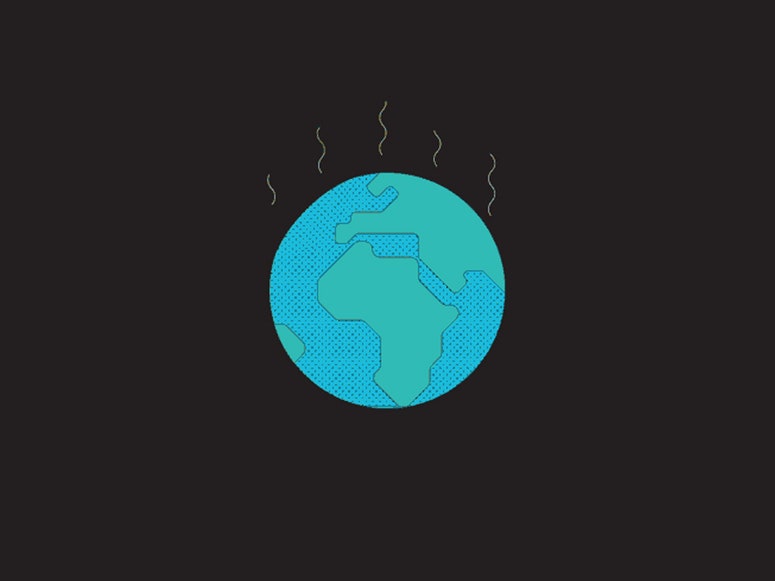A sea otter is a ravenous ecosystem engineer of the highest order. To stay warm and healthy, they eat a quarter of their body weight a day, repeatedly diving to the seafloor to gather urchins, crabs, and bivalves like clams. “By having to eat as much as they do in order to survive in their environment, they have really drastic impacts on those habitats, and they’re overwhelmingly positive,” says Fujii. (Another program further up the California coast has tried bringing back a different kind of “urchin slayer”—human divers.)
Keeping the urchin population in check preserves the kelp, which is vital for the ecosystem in two main ways. First, the forest is a habitat for fish, which are the food source for birds and other marine mammals, like sea lions. Second, the seaweed is part of what scientists call a “blue carbon” ecosystem, meaning a coastal or marine area that sequesters carbon. (Other areas include wetlands and mangroves.)
But it’s tricky to quantify exactly how much carbon a healthy kelp forest gobbles up. A redwood tree, for instance, grows to be massive over hundreds of years, locking away lots of carbon over long timescales. (Unless it catches on fire, in which case the carbon goes back into the atmosphere.) Things are more in flux underwater. All manner of critters, including sea urchins, are nibbling on kelp—and pooping out the carbon. Plus, the churning sea breaks off bits of the forest, which fall to the seafloor and decompose, releasing stored carbon. So a kelp forest constantly decays and grows back, sequestering and releasing carbon all the while.
It’s hard to be sure how long the carbon stays trapped. “The fate of all this kelp is not well understood,” says Wilmers. “Imagine that all that stuff that’s sloughing off is simply sinking to the deep ocean and isn’t going to come back up again for like 1,000 years. That’s a much more significant carbon sequestration benefit than just sloughing off and immediately decomposing and going right back into the atmosphere.”
With that uncertainty in mind, Wilmers has done some estimates of the potential carbon benefits of healthy otter populations farther north on the Pacific coast, between the Canadian border and the tip of the Aleutian islands. If a kelp forest grows well, and half the carbon it absorbs is sequestered in the deep sea, it’d be the equivalent of canceling the emissions from 5 million automobiles. Even if just 1 percent of the carbon stays sequestered in the depths, that would be equal to the emissions from 100,000 cars.
In Monterey Bay, the otters don’t only protect the kelp. They also venture up the Elkhorn Slough, a large tidal marsh, where they encourage the growth of eelgrass, another coastal plant that sequesters carbon—although the otters affect the plant in a more indirect way. The otters eat crabs, which in turn eat invertebrates like sea slugs, which eat the algae that grows on the eelgrass. Reducing the number of crabs preying on the slugs actually helps the eelgrass because when the slugs remove the algae, it keeps the plants clean, which allows them to absorb more sunlight. Thanks to the return of the otters, the amount of eelgrass in Elkhorn Slough has jumped 600 percent in the last three decades.



